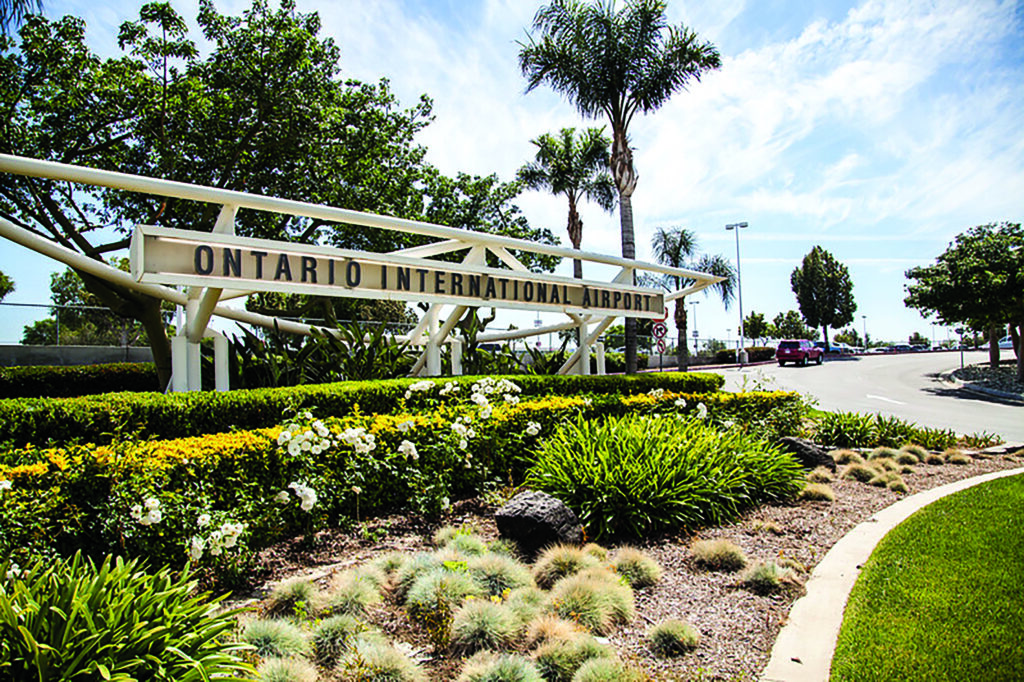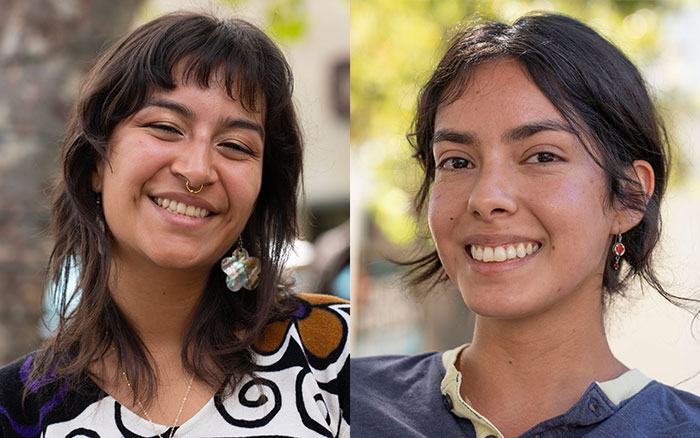Popularity brings new challenges to Wilderness Park
Residents and nonresidents continue to be at odds over changes to the Claremont Hills Wilderness Park.
With increased popularity and approval to expand parking, among chief concerns is the issue of over-popularity of the city’s “open space.”
While many were initially pleased with the purchase of Johnson’s Pasture, preserving Claremont’s undeveloped natural landscape, some are starting to question whether there is enough enforcement to keep the undeveloped space at its best.
“The issue is getting worse. There is graffiti, there is trash I pick up every week, there are soiled diapers. I’m not saying everyone [using the park] is bad, but there is an element that is creating an issue up there,” suggested Robert Gomez, a homeowner near the Wilderness Park, at a city council meeting held last month, sentiments echoed by others.
Measure S was placed on the Claremont ballot in the November 2007 election. Its purpose, as outlined on the ballot, was to “expand city protected open space, expand the Claremont Wilderness Park area, preserve the San Gabriel Valley Wildlife Corridor, and protect the area from development in perpetuity.”
With its approval, the Claremont City Council was given $12.5 million in bonds—which continue to be paid through taxes on Claremont properties—to purchase Johnson’s Pasture, an estimated 180 acres adjacent to the Wilderness Park. Of that multi-million dollar bond, $735,000 has currently been repaid. The bond will be paid in its entirety by 2037.
“The bonds are repaid by Claremont residents as part of their property tax and are calculated based on the assessed value of the properties,” said Assistant City Manager Colin Tudor. “Thanks to grants and contributions from the Claremont Colleges, only $9.5 million in bonds were actually issued.”
While the objective was to cultivate more land for its Wilderness Park, more land to be kept in its native, natural environment, it also brought with it increased popularity, and increased frustration from residents and nonresidents alike.
“It is about keeping wild lands protected, not accommodating humans,” wrote one resident in a recent letter.
However, others like Jenny Uyboco say it’s letting others take advantage of a wonderful city resource. Ms. Uyboco, a frequent Wilderness Park user, says she has yet to experience any problems along the Claremont Loop. In fact, she claims she prefers it that way.
“I feel safer with more people on the trail,” she said, “and if you come a lot you usually see the same people.”
While the city recognizes “unanticipated challenges” that have come along with the increased popularity, it is taking action to avoid more challenges in the future.
“Measures such as providing parking and the City’s volunteer park ranger program help to mitigate these concerns while allowing the public access to this incredible resource,” Mr. Tudor said.
Issues of overpopulation and other complaints that come along are part of “the nature of the beast” when it comes to free public resources, according to Mayor Pro Tem Opanyi Nasiali.
“The land is open for public use, to be enjoyed, and there is nothing wrong with that, but there is obviously a downside that there are too many people,” he said. The city will evaluate whether or not managing the parking situation will help control that in any way. Until then “We don’t know what we don’t know until it happens,” Mr. Nasiali said.
The increased popularity of the park also causes noise complaints, littering problems, and concern about unfair pricing for park-goers that live outside Claremont city limits. Last month, the Claremont City Council approved the implementation of a Wilderness Park parking fee for all users, with the existing south lot including select free spots for Claremont residents. The fees will be enforced with parking meters and volunteer park rangers.
Ira Scott, who uses the park 3 or 4 times as a leader of a local hiking group, was surprised and disappointed to learn about the fees, but says “we probably won’t see things change much.” He plans to continue to come with his group regardless of what he has to pay, but will likely look to park in other local areas that do not charge and are not restricted.
“There are plenty of other areas to park without a cost,” he said.
Laura Ceja of Pomona, a daily Wilderness Loop user for the past 4 years, says she will likely stop coming if forced to pay a parking fee or find an alternative means to park for free, similar to Mr. Scott.
Ms. Uyboco, a resident of La Verne, has no problem with paying the fee.
“Those who use it should have to pay,” Ms. Uyboco said. Her friend Terra Parham of Glendora agreed.
The fees will be directly used to help further the city’s aim to preserve the Wilderness Park, assured Mr. Tudor.
“Having this funding source will provide funds for preservation and maintenance of the park as well as guarantee that those paying the fees will see benefits from how the money will be spent,” Mr. Tudor said.
The council is aware of the possibility that charging fees may simply relocate the problem, sending park users into other neighborhoods to park in order to avoid parking fees. But the problem will be monitored, says Mr. Nasiali. Possible solutions will include further restricting parking in local neighborhoods, but that will be evaluated as issues arise.
For now, the city feels the fees will help address one set of critical citizen concerns and will continue to promote the conservation ideals set by Measure S.
“The success of the Wilderness Park has allowed for more people to use and experience all that the park has to offer,” Mr. Tudor said. “Adding the parking lots and meters will allow for a funding source to address maintenance issues and maintain the park’s appearance, as well as help mitigate the impacts to the surrounding neighborhood.”
—Beth Hartnett








0 Comments